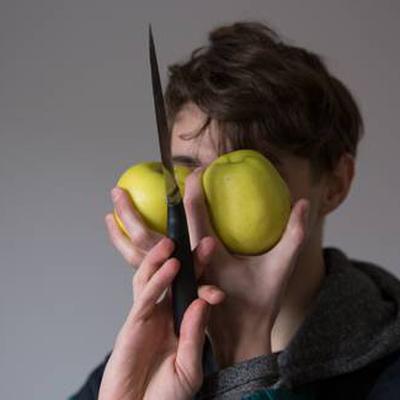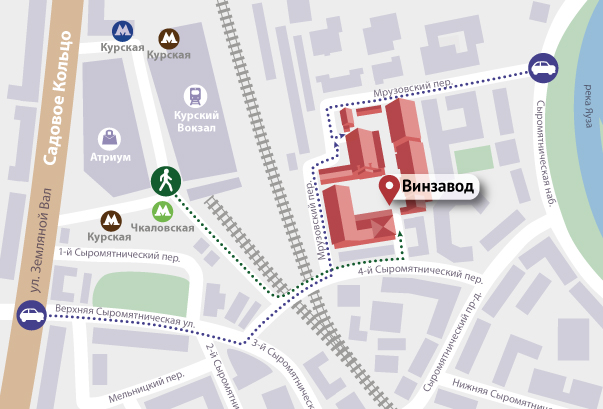It’s likely that our era is apotheosis of the anthropocentric epoch. Reality arises and exists there between sociality and subjectivity. These categories are critically important for describing and understanding the situation in which we are stuck. Art in attempts to reflect on this situation have to operate with exactly this instruments. How can landscape in this case be understood as a tool for displaying contemporaneity? Bogdan Ablozhnyy research the possibilities of focusing through the landscape and find out the space in which the main symptoms of contemporaneity — or supermodernity — intersects with each other. They are: superspeeds of the processes, permanent volatility, pervasive technological effectiveness, globalization, and ecological dilemma. Ablozhnyy starts from this state of modernity called ‘supermodernity’*, which characterizes by overabundance of events and its excessive intensity, shrinking of distances, and redundancy of available space. These features are a direct result of globalization, which has contributed to the maximum convenience and speed of financial transactions and made distances between megalopolises literally insignificant. However convenience and speed of processes require automation and unification of the surrounding. It’s not a big surprise that terminals of the airports became the symbols of a new era of globalization. Inside them one cannot distinguish one from another, and at the same time they concentrate zones of free trading and areas for awaiting and transit.
Supermodernity produces a lot of «non-places» which are universal non-anthropological spaces not able for historical reading; places «for communication, consumption and circulation»*, where time goes faster and where individuality of subjects is somehow erased by this place. Non-places are not about objects, they are defined not by the form but by the processes which were generated and going on in this places. Non-places are full of behavioral protocols and formal identification of persons based on labeling and number assigning principle, they anonymizes the subject and makes expression of his subjectivity useless and senseless. The best examples of such ‘non-places’ are airports, highways or rooms in the hotel from the same network which are absolutely identical to each other in any country. Political order in these places destroys the subject, don’t give him a right to participating in the functioning of it and left for him only the possibility to be transitional consumer. Conjunction between regulated reality full of protocols and predominant anonymity leads to emergency of terrorism, its anonymous transgression against not particular people (here victims are only tools, anonymised objects) but against the existing order of things. It’s sooo surprisingly that this bugbear of our epoch not only rooted in non-places but also usually tries to hit right there! It plays the role of Antimatter and transforms non-places into the anti-places.
The question is: which way of reflection and fixation of such places is possible and relevant? How this world and our environment create the memory of these places, and is this memory necessary?
0-landscape is an attempt to suggest one of possible ways to review and to document such places. It’s a landscapes of supermodernity where all events take place behind the scenes, where they break down into layers and erased due to the ultrafast pace of time; and all that is left are pauses in the processes and gaps in the fields witnessing absence of human: deleted anthropogenic. Sociality and subjectivity appears precisely in 0-landscapes, but they are not protrude on the surface but stays inside, in the substrate and in the subcortical, in the very ground of them. Series of works titled ‘being a sculpture means being political’ are example of it. Each affected image in public space, each spatial object there is not only a tool for changing the reality but full-fledged subject of it — because it functions in social field not as an image or figure but as a process.
Non-places, this countless children of civilization, unexpectedly find their counterparts in the organic world. Areas which are transit, homogeneous and which badly perceivable by focused eye (such as flows and water masses, fragments of clouds, smoke membranes) are much better visible from defocused relaxed look, they started to be understood as a processes rather than static elements. As well as events (communications, circulations, transactions) describes technological non-place which became the background for them, the processes which makes visible an ephemeral tissue of nature becomes an alternative scene for humanity — root, primary and natural scene but at the same time scene that are oppressed and elusive.
Nevertheless the digital optic presents to our view the whole multiplicity of events and its fullness of smallest details contributes to the fact that events beginning to be seen through the qualities that they lack. It seems that only in this quintessence of the absence we have a chance to get around the universal digital worldview and calmly breathe an air of analogue world.
Ivan Isaev
Perhaps the most important thing in photography is what left behind the frame, what have not been shown. In my photography I frame the space and withdraw it from time, leave only non-spaces and non-places. They are not abstract in their nature and do not represent any place and time. These are singular spaces, lost its own principle of metric relationships and connectedness of its parts. They are completely virtual.
Bogdan Ablozhnyy






Ivan Isaev
The idea of the exhibition 0-landscape is the representation of the new state of modernity (supermodernost) through the landscape images of places, typical of this state; This is an exhibition- hypothesis and an exhibition-analysis focused on what could be the environment in the era of over-consumption and over speed.
For press